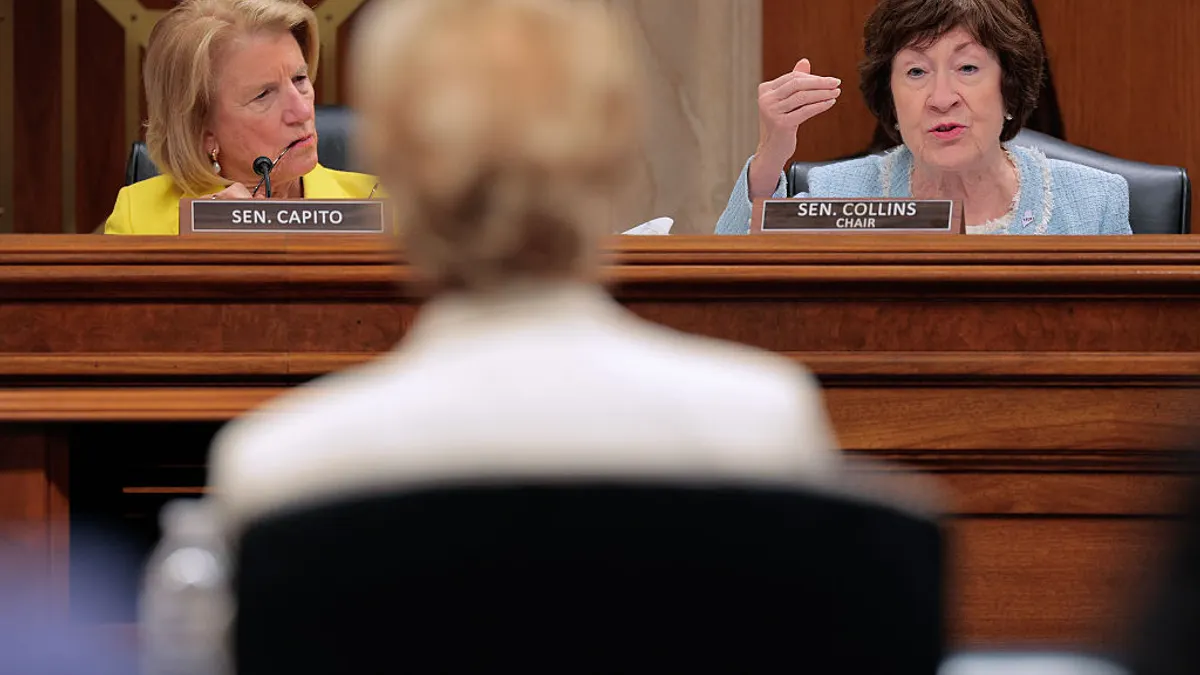School districts are prioritizing learning loss, mental health needs and access to technology when spending the last allocations of federal COVID-19 emergency funding, according to a survey of school business professionals released Wednesday.
The Association of School Business Officials International, a professional membership organization, surveyed school business administrators from 116 U.S. school districts in 38 states as part of a series of polls about spending priorities, strategies and challenges for the Elementary and Secondary School Emergency Relief fund.
ESSER dollars were divided up into three allocations. ASBO's most recent survey asked about the last two allocations, which were provided under the Coronavirus Response and Relief Supplemental Appropriations Act and the American Rescue Plan.
Regarding spending for student academic recovery needs, ASBO survey respondents said the most popular strategy focused on expanding summer learning and enrichment programs. Researchers, educators and policymakers have touted that approach as one of the most effective ways to help students recover from pandemic-related learning setbacks, in addition to tutoring and encouraging student attendance.
According to the U.S. Department of Education's National Center for Education Statistics, just over 80% of public schools offered summer school programs in 2023. However, some predict fewer schools will be able to sustain robust summer activities as ESSER funding fades away. The ESSER II obligation deadline was Sept. 30, 2023. The obligation deadline for ESSER III under ARP is Sept. 30 of this year.
In total, $189 billion in all three ESSER allocations was provided to schools for pandemic recovery.
ASBO Executive Director James Rowan said in a statement that once ESSER funds are no longer available, the education community will need strong local, state and federal support to continue "doing what's needed for our students."
Top ARP spending categories for school districts
Academic recovery and staffing needs
Addressing rising student mental health, social-emotional and behavioral needs was the top factor in making spending decisions, according to the polling. The other top driving forces were achieving financial stability in order to avoid a fiscal cliff and responding to declining test scores, the scope of learning loss and other evidence pointing to the need for academic interventions.
A variety of assessment results from 2023 revealed students were below pre-COVID performance levels or had stagnant results. However, several states recorded small upticks in scores compared to 2022, according to test score data briefs published by the COVID-19 School Data Hub.
Many educators, families, advocates and lawmakers have voiced concerns about performance gaps for underserved students and lagging school readiness rates for young students.
Regarding academic recovery, the ASBO survey found 63% of districts spent more than 20% of their ESSER II allocation to address learning loss. For ESSER III, 80% of districts already met their required 20% set aside for academic recovery spending by Sept. 30, 2023. Additionally, 44% of respondents said their districts spent more than half of their ESSER III allocations on academic interventions.
School district ESSER funding for staffing needs
The fourth most common factor driving ESSER spending was labor shortages. The most popular spending strategies to address staffing needs included professional development, and retention of current instructional and specialized support staff.
Education Department data shows 97% of ESSER II and 58% ESSER III monies have been spent and reimbursed as of Dec. 22. But about 13% of ASBO survey respondents said they would be interested in extended timelines for spending due to supply chain issues, construction delays, and a desire for more time to strategize spending practices or for tutoring interventions.
Lastly, the district leaders polled said declines in student enrollment and attendance, which ASBO said can negatively impact school funding and student achievement, add pressure to financial decision-making.
Just over half (54%) of those polled said district enrollment fell between the 2018-19 and the 2022-23 school years. Meanwhile, 66% said they had lower attendance last school year compared to pre-pandemic levels.





















